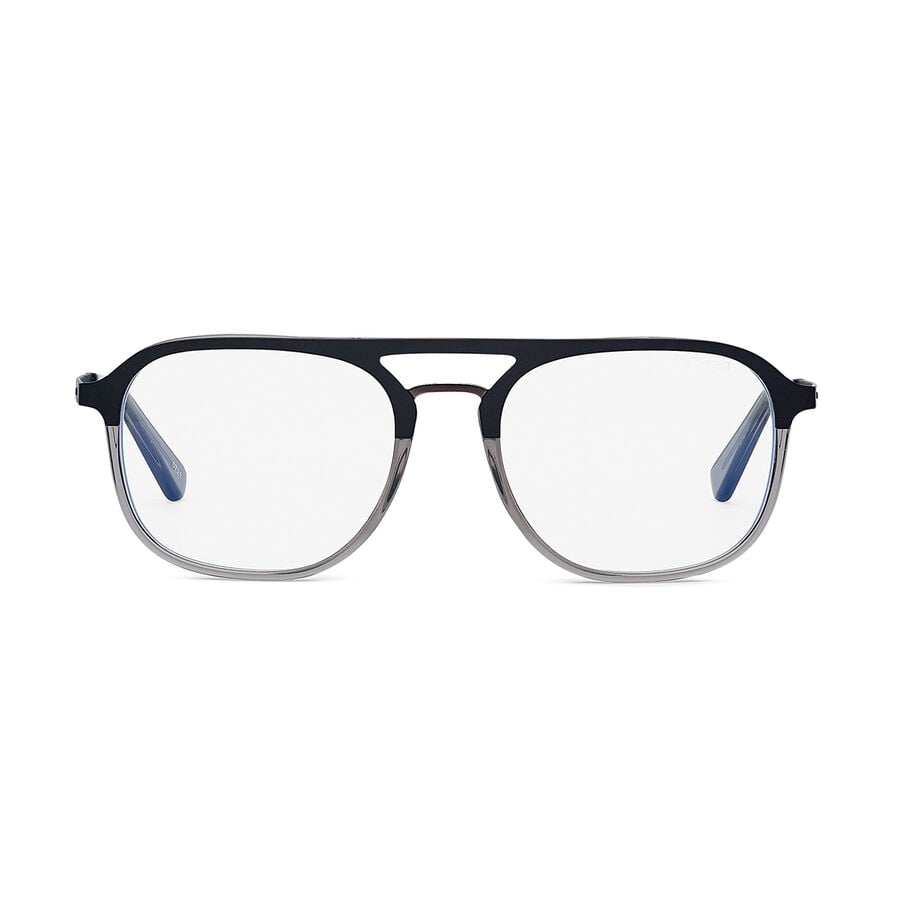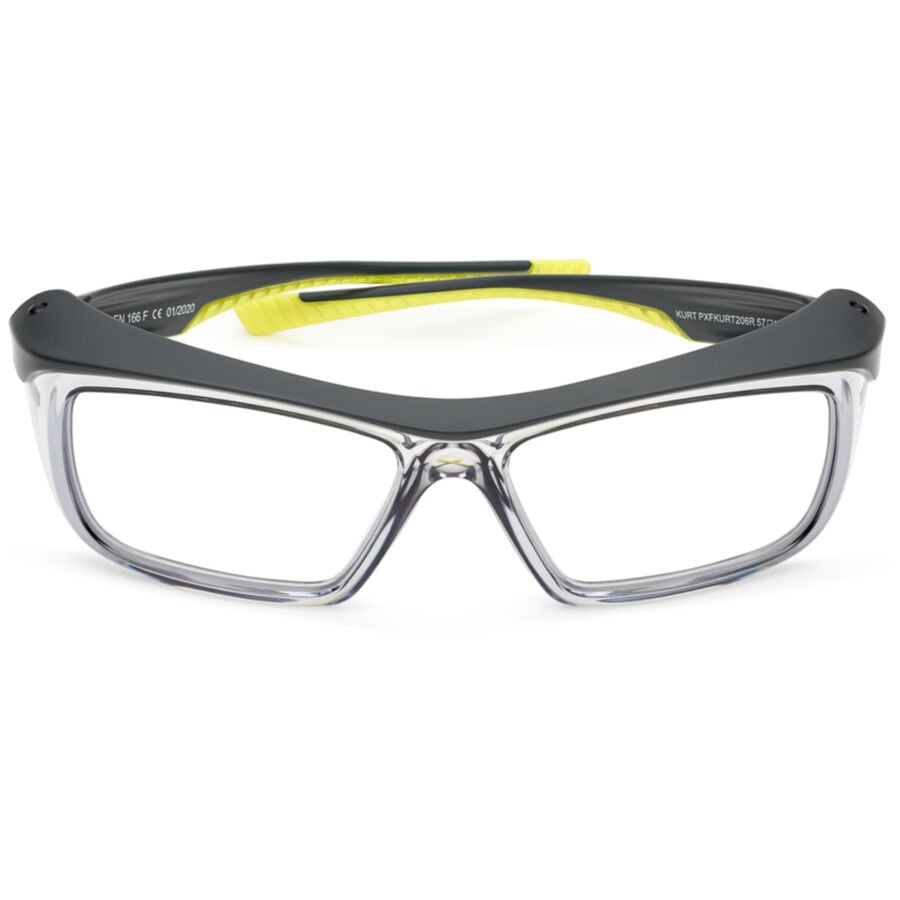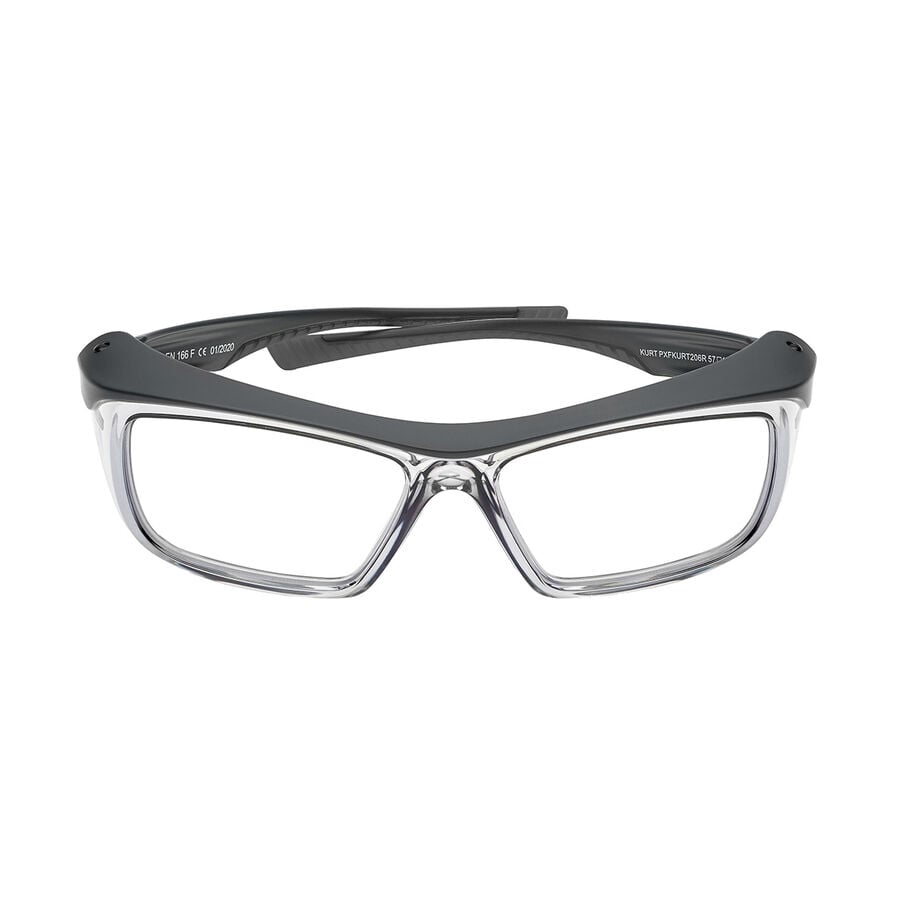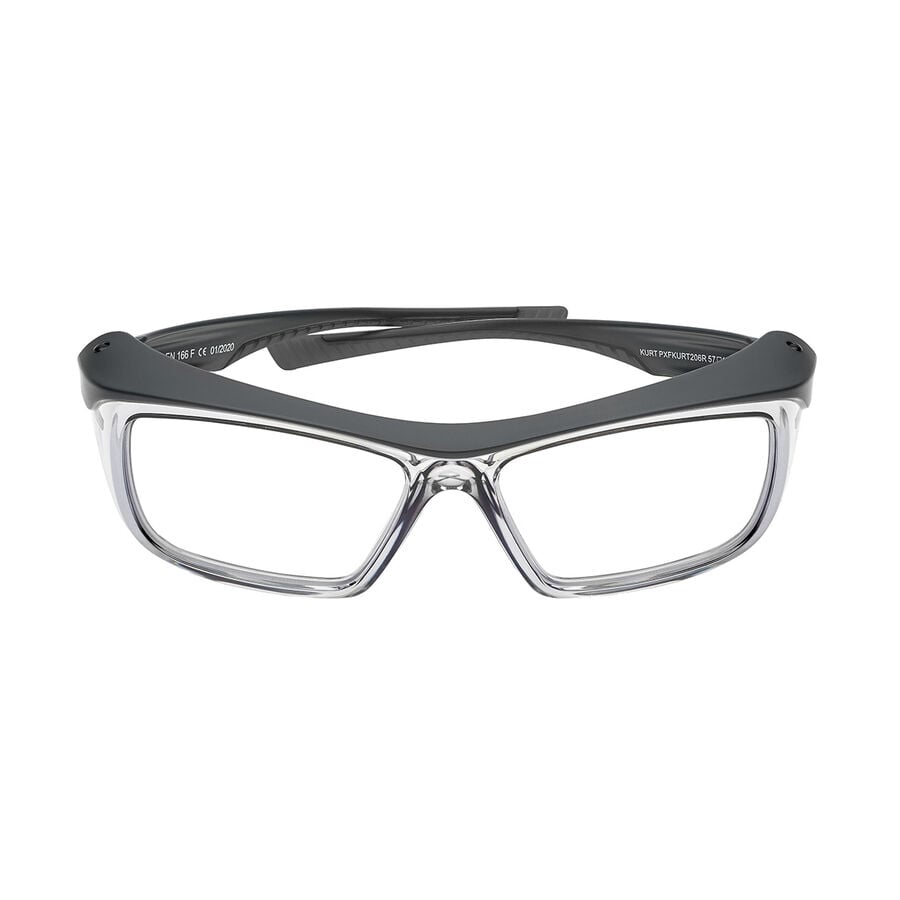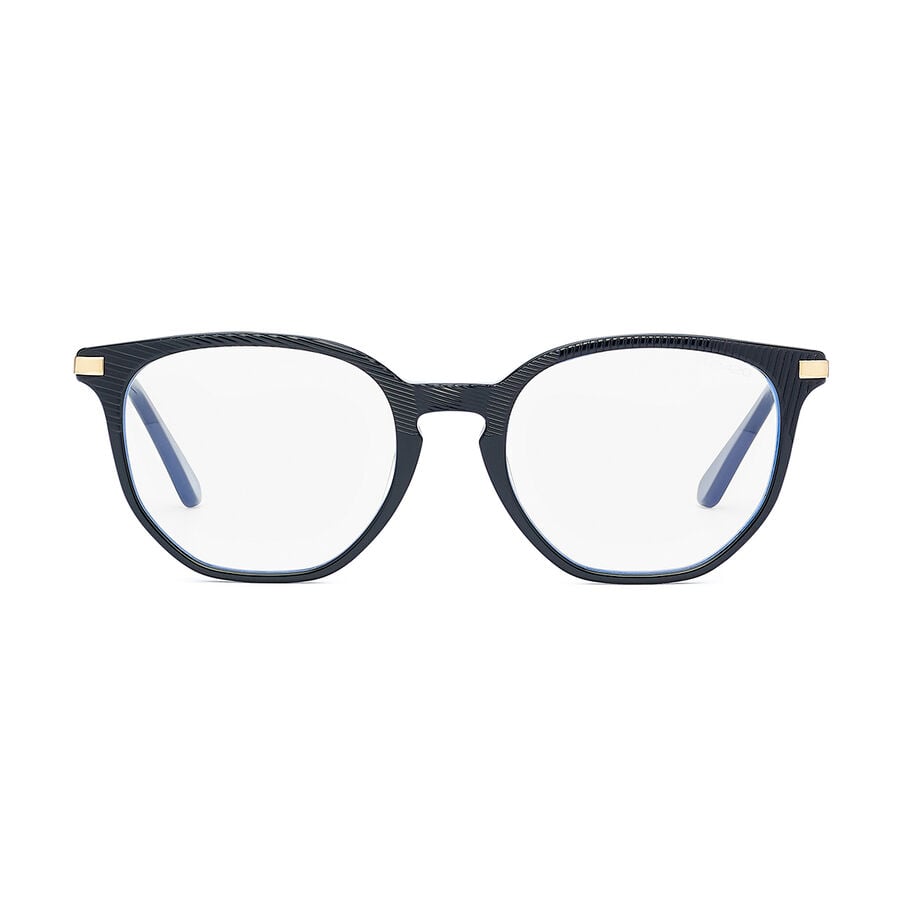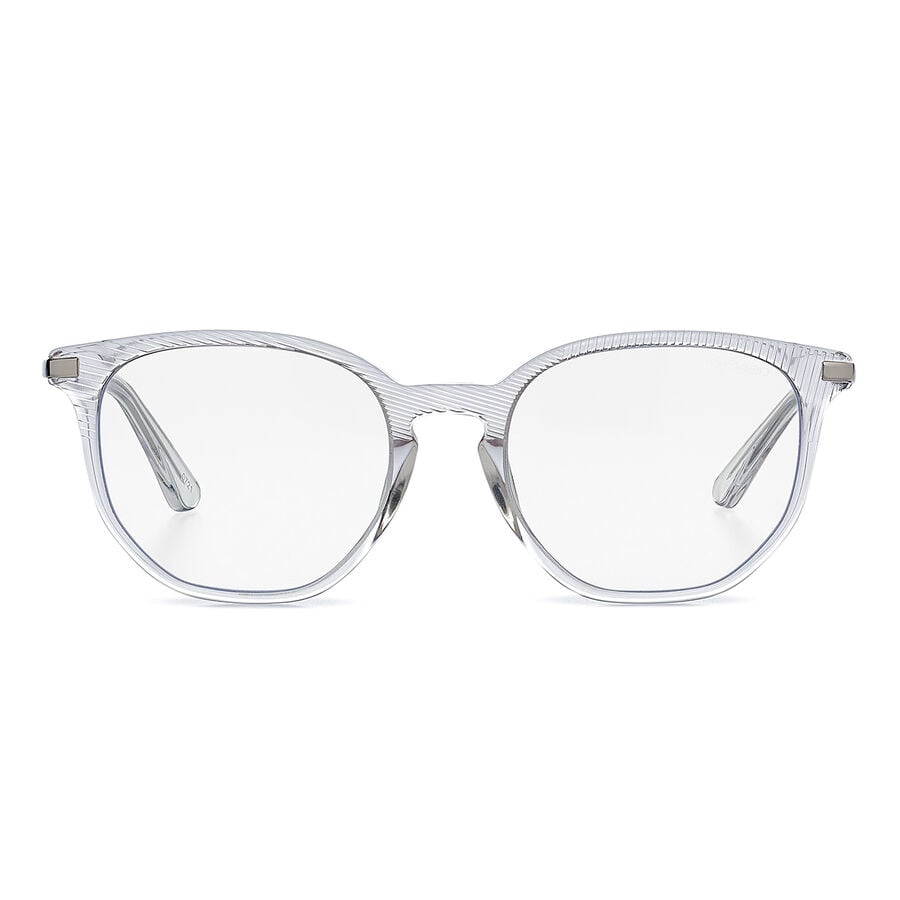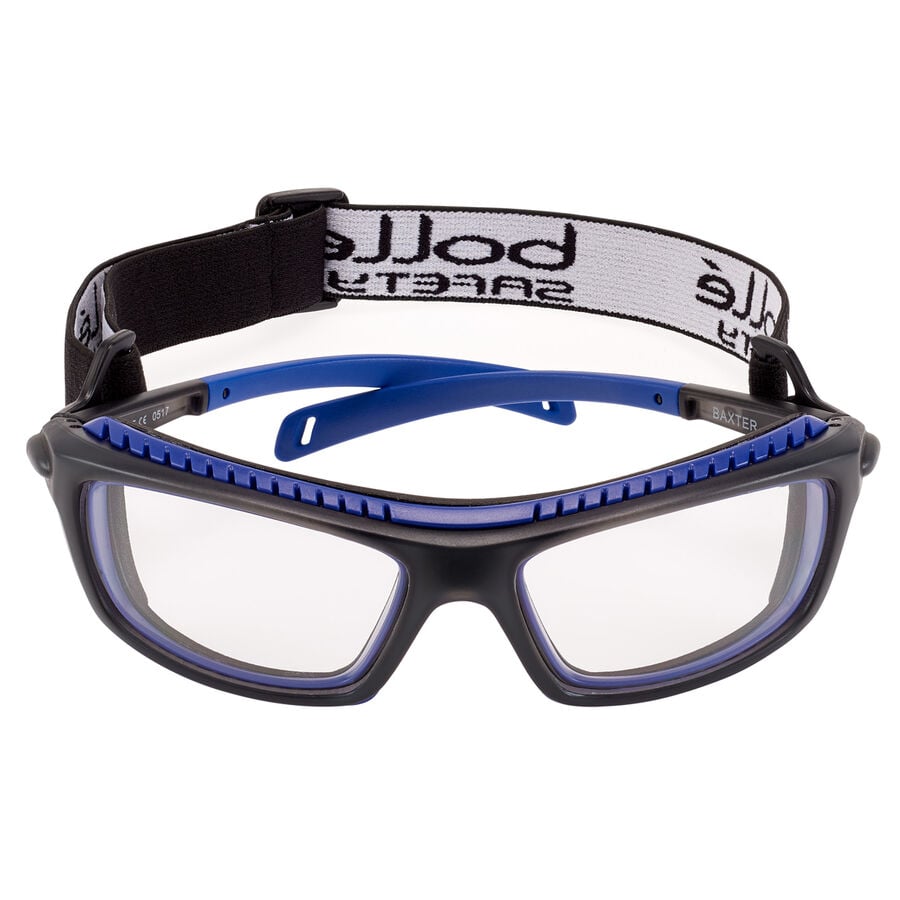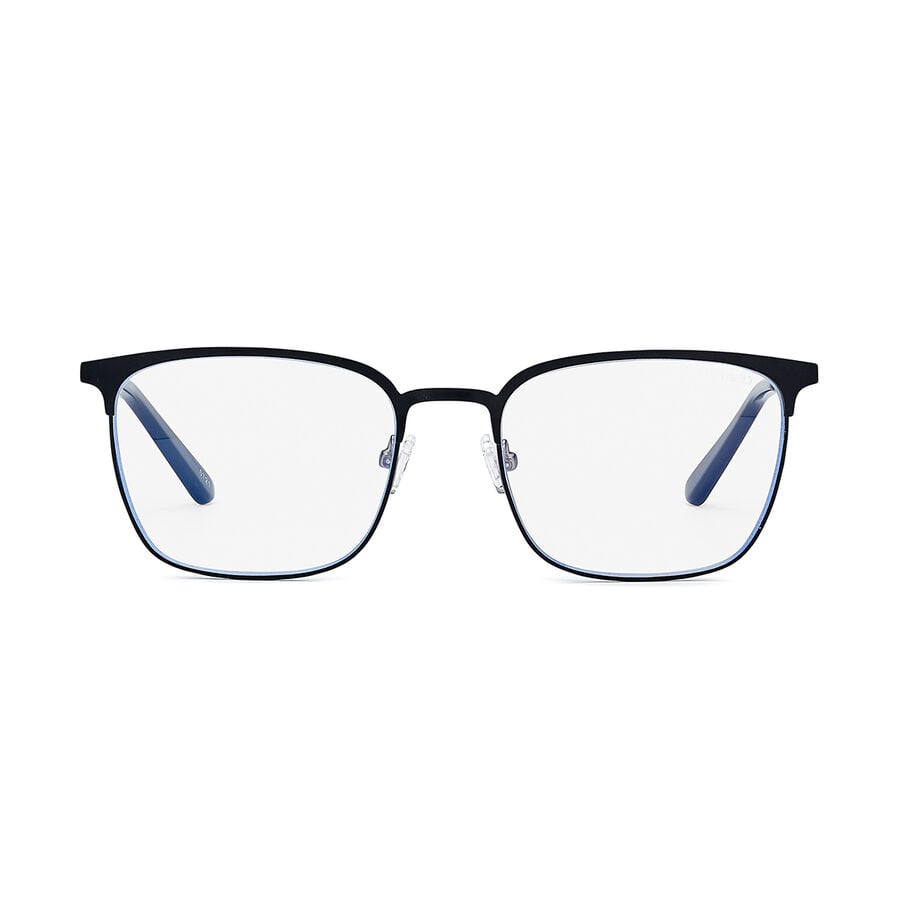At a time when more than one in three people around the world have vision problems, eye protection in the workplace can quickly become a challenge.
Find out more about vision problems:
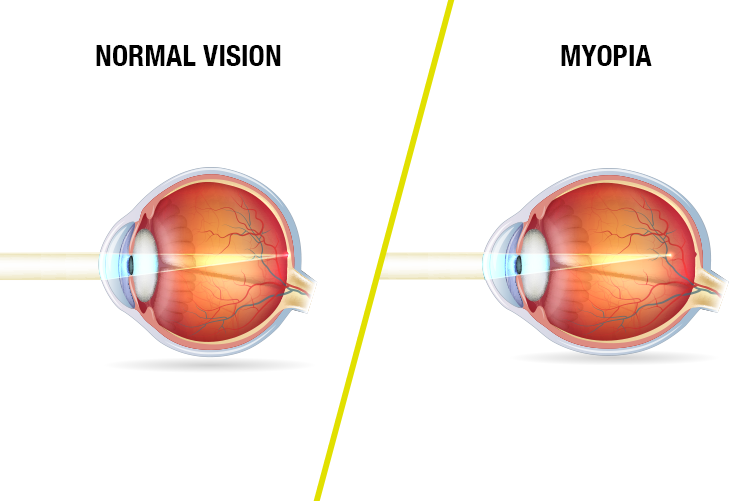
Myopia
Myopia is due to the overly elongated shape of the eye (axial myopia) or the overly curved shape of the cornea (refractive myopia) in some individuals.
In both of these cases, light does not reach the retina.
The image is thus created in front of the retina, resulting in blurred distance vision and sharp near vision.
The greater the nearsightedness, the more the distance at which vision is sharp narrows.
Myopia is due to many factors such as a lack of exposure to natural light or too much strain on near vision in everyday life. Myopia affects 20% of individuals and is particularly present in the Y & Z generations.
Hyperopia
Hyperopia is a problem of focusing of the eyesight which, depending on the person, leads to blurred or too sharp near vision followed by eye fatigue or recurrent headaches, or even migraines.
The eye makes more effort than necessary to focus the image. Whether it is due to a retinal-corneal distance that is too short (axial hyperopia) or the cornea being too flat (refractive hyperopia), the light that reaches the retina does not converge into a single point and the image therefore appears blurred.
This genetic defect (in the majority of cases) affects about 1 in 10 people worldwide. Farsightedness can be combined with astigmatism or presbyopia.
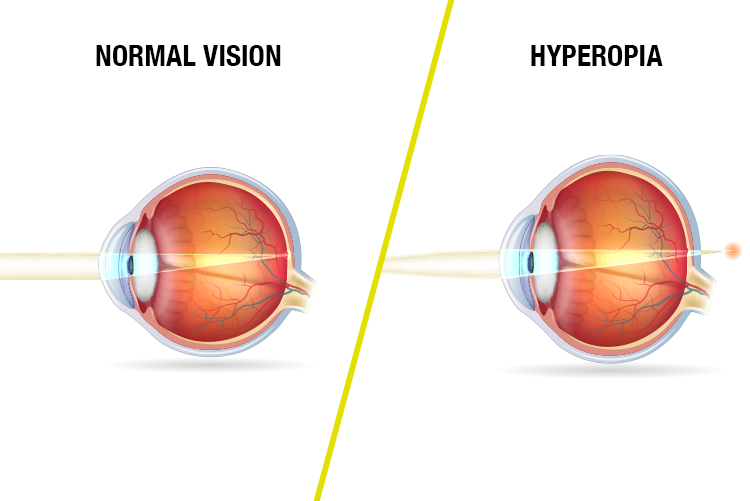
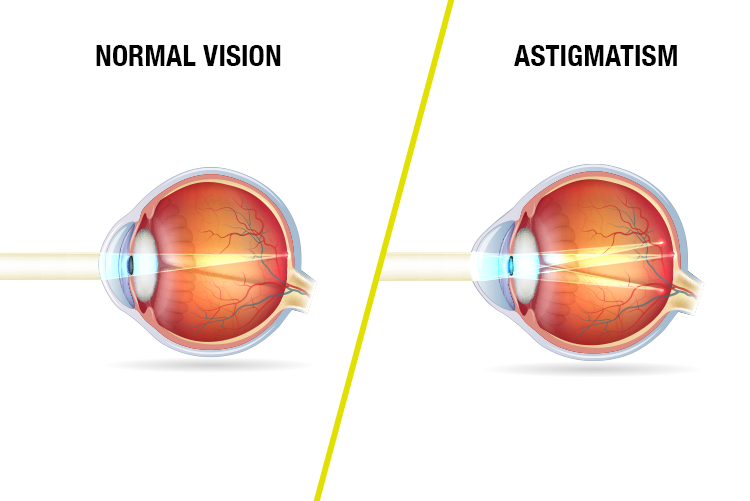
Astigmatism
Astigmatism is defined by a deformation of the periphery of the images which is due to a deformation of the cornea (not spherical).
While the cornea in most cases has equal refractive power over its entire surface, astigmatism has a slight irregularity of the cornea which results in a variation of its refractive power. This distortion of the images leads to blurred vision both near and far, as well as a poor understanding of contrasts, shapes or letters.
This visual defect can be added to nearsightedness or farsightedness.
Presbyopia
Presbyopia is a loss of elasticity of the crystalline lens which appears in adults over 40 years of age.
This loss of elasticity translates into a reduction in its accommodation capacity, which leads to difficulties in seeing up close. It affects the whole population in a different way and evolves over time until it stabilises around the age of 60.
Presbyopia is independent of other vision disorders and it is therefore possible for presbyopia to be added to myopia, astigmatism or hyperopia.


